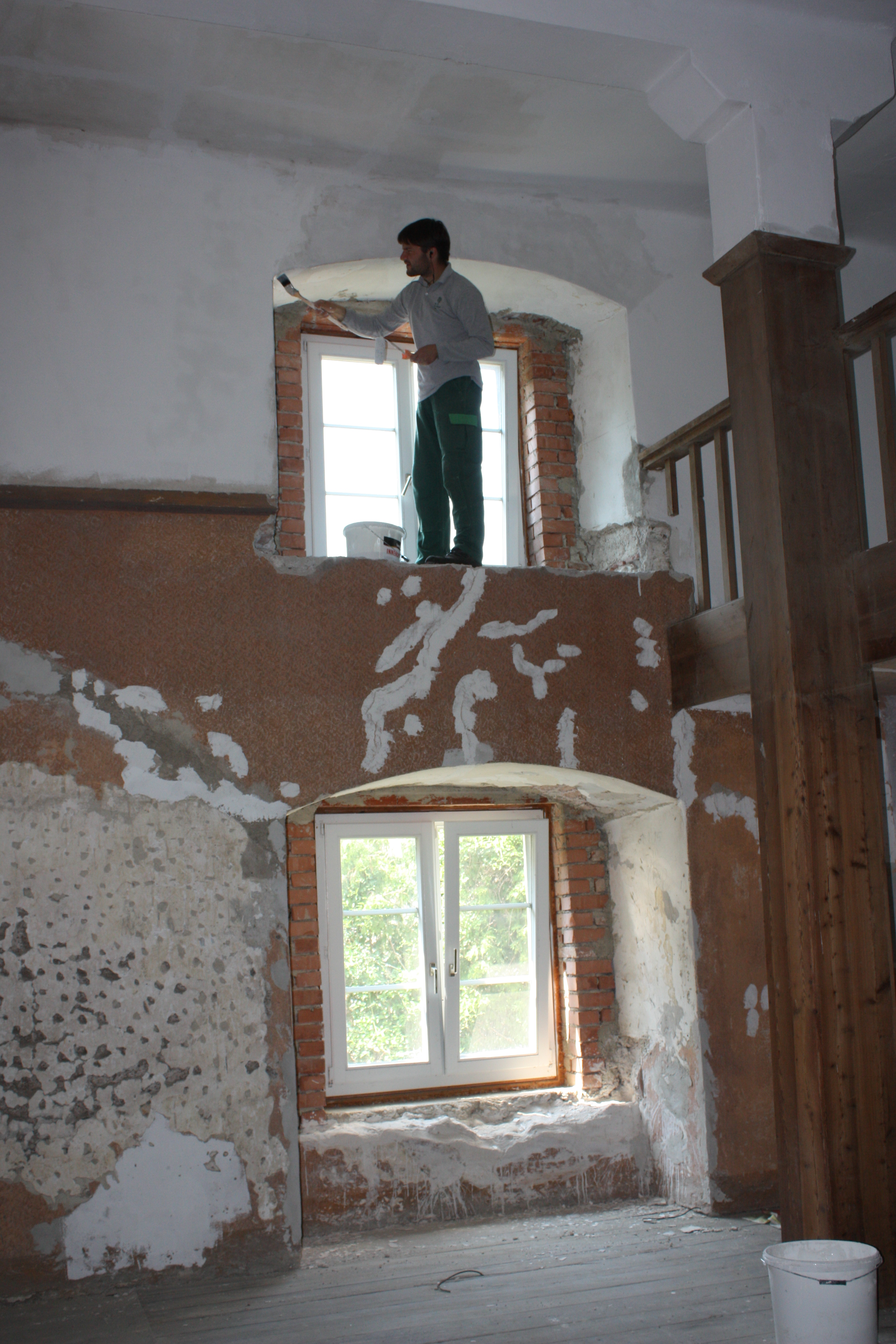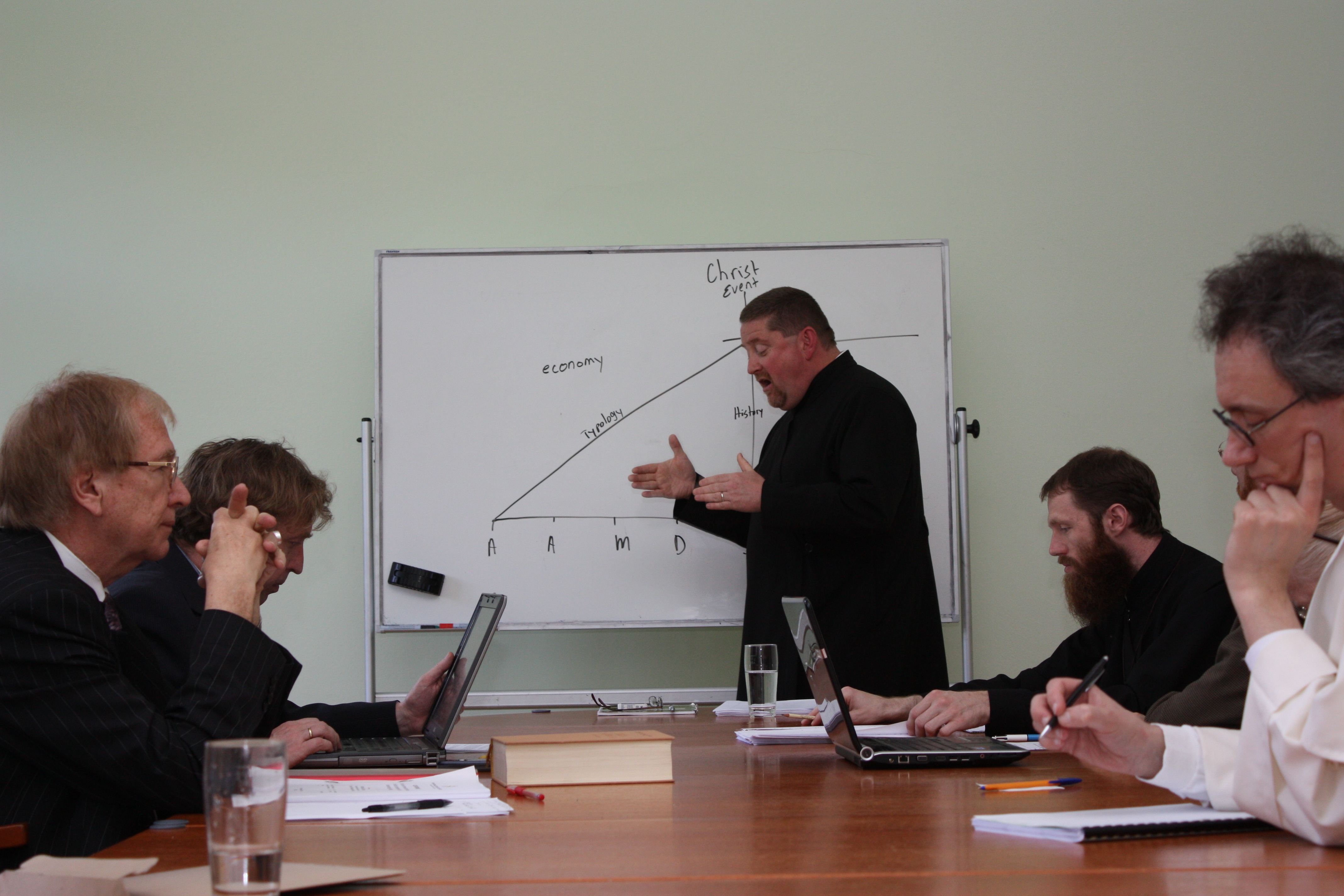Center of Eastern Christian Studies Summer School

From June 20th to July 4th of this year the ITI Centre of Eastern Christian Studies (ECS) in Austria organized a summer school with the theme, The Good Shepherd: Priesthood today in the footsteps of the saintly hierarchs of the Ruthenian Greek-Catholic Church.
Clergy and seminarians from the Byzantine Catholic Eparchies of Phoenix and Parma in the USA flew over to participate in the program. The summer school combined conferences and seminars with pilgrimages to the most significant places for the Ruthenian Byzantine Catholics in Slovakia, Ukraine (Zakarpattya), and Hungary. Participant Fr. Diodoro commented, “The course topics were uniquely forward-thinking. I found the specific areas of study, like those of the Good Shepherd and Obedience, and Conjugal Life and Eucharistic Purity very relevant and necessary topics in our Eastern Church that need to be addressed.”
The meetings and discussions during the pilgrimages with local bishops, clergy, seminarians and those working in the formation of clergy contributed much to the study of the topic. Seminarian Michael, another participant, shared his experience about the pilgrimages, “Looking back on our trip to Eastern Europe, I felt connected with the living, breathing roots of our Ruthenian Byzantine Catholic Church. Perhaps one of the best highlights of the trip was praying in the different churches where Blessed Romzha, Blessed Hopko, and Blessed Gojdic’s relics rest. I was also moved to spend time at the shrine church of Our Lady of Mariapoch in Hungary where the original icon as well as the current icon copy has wept and many people have been healed. With so many beautiful pilgrimage places that we visited, I think the significance and spiritual benefits of this trip will be something I realize over time.”
We also hope that all the meetings with the hierarchy and clergy during this program will contribute to the development of collaboration between the Byzantine Rite Churches in Central and Eastern Europe and in the USA.
Rev. Dr. Yosyp Veresh
Director of ECS















